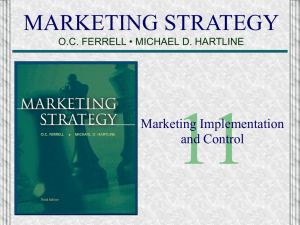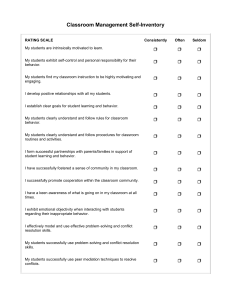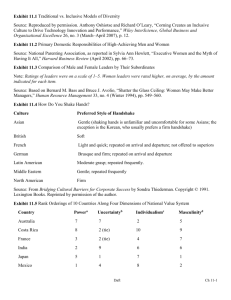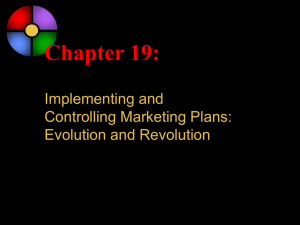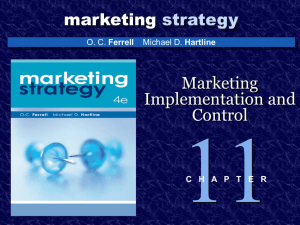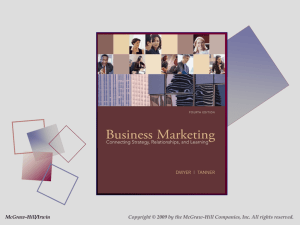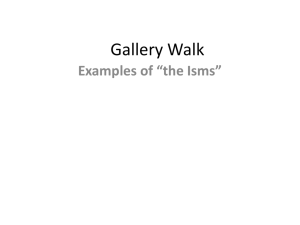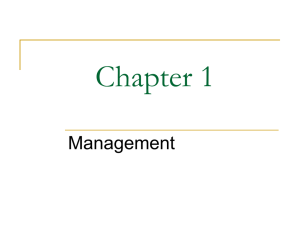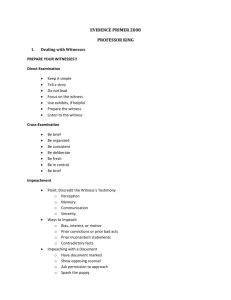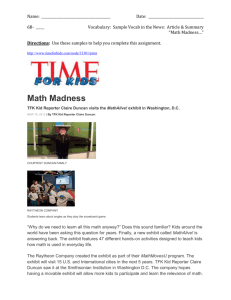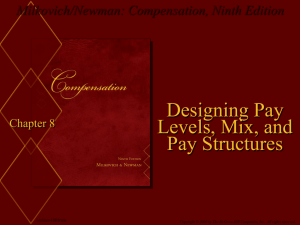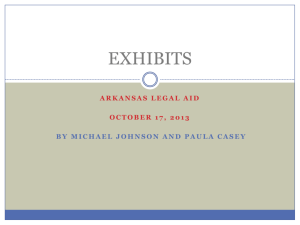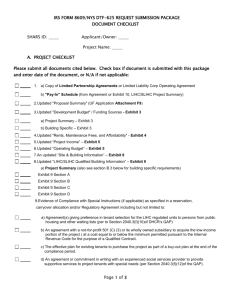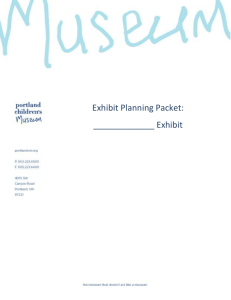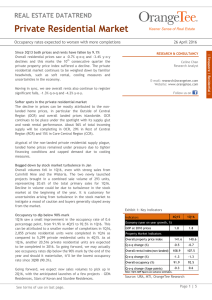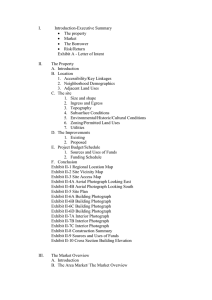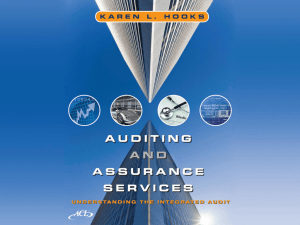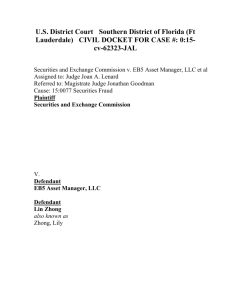Exhibit 12-31 Direct method: Residential Division Commercial
advertisement
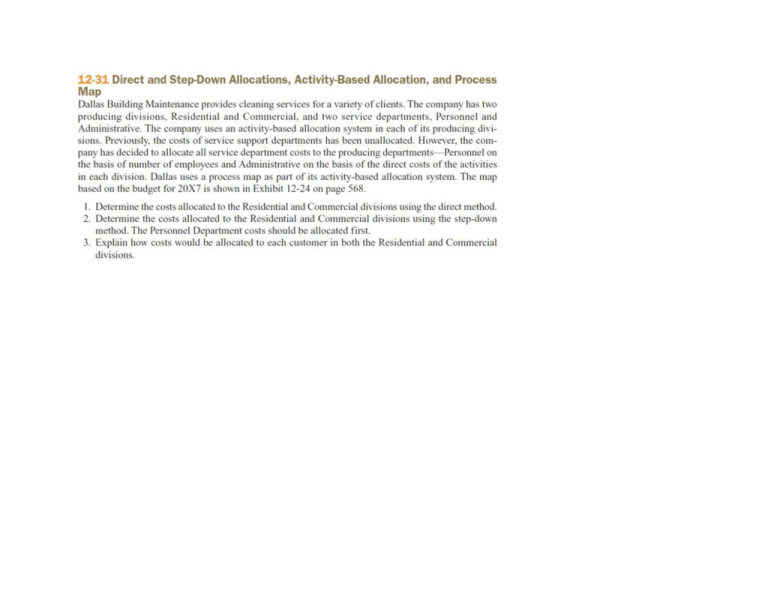
Exhibit 12-31 Direct method: Residential Division Commercial Division Personnel Admin. Activity 1 Activity 2 Total Activity 3 Activity 4 Activity 5 Total Direct costs $92,000 $180,000 $60,000 $240,000 $300,000 $400,000 $90,000 $110,000 $600,000 Personnel (92,000) 0* 6,732 26,927 33,659 40,390 0 17,951 58,341 (180,000) 0 67,500 67,500 112,500 0 0 112,500 $66,732 $334,427 $401,159 $552,890 $90,000 $127,951 $770,841 Administrative Total costs after allocation * Note that on the process map shown in Exhibit 12-24, the direct method ignores the link and the related allocated costs from the Personnel Department to the Administrative Department. Step-down method: Residential Division Personnel Admin. Commercial Division Activity 1 Activity 2 Total Activity 3 Activity 4 Activity 5 Total Direct costs $92,000 $180,000 $60,000 $240,000 $300,000 $400,000 $90,000 $110,000 $600,000 Personnel (92,000) 10,000 6,000 24,000 30,000 36,000 0 16,000 52,000 (190,000) 0 71,250 71,250 118,750 0 0 118,750 $66,000 $335,250 $401,250 $554,750 $90,000 $126,000 $770,750 Administrative Total costs after allocation 1. See Exhibit 12-31. Calculations for the exhibit follow: 3 + 12 + 18 + 8 = 41 (3 41) x $92,000 = $6,732 (12 41) x $92,000 = $26,927 (18 41) x $92,000 = $40,390 (8 41) x $92,000 = $17,951 $240,000 + $400,000 = $640,000 ($240,000 $640,000) x $180,000 = $67,500 ($400,000 $640,000) x $180,000 = $112,500 2. See Exhibit 12-31. Calculations for the exhibit follow: 5 + 3 + 12 + 18 + 8 = 46 (5 46) x $92,000 = $10,000 (3 46) x $92,000 = $6,000 (12 46) x $92,000 = $24,000 (18 46) x $92,000 = $36,000 (8 46) x $92,000 = $16,000 $240,000 + $400,000 = $640,000 ($240,000 $640,000) x $190,000 = $71,250 ($400,000 $640,000) x $190,000 = $118,750 3. The allocation bases used by each division to allocate activity costs to products will be the cost drivers for activities 1 through 5. For example, suppose activity 1 in the residential division is “cleaning windows,” and the cost driver is “number of windows.” Further assume that service type RA has a total of 3,000 units (customers) with an activityconsumption rate of 6 (an average of 6 windows per RA-type customer) and service type RB has 500 units with an activityconsumption rate of 40. The allocation of activity 1 cost using the step-down method would be: Activity cost per driver unit = $66,000 (3,000 RA Customers x 6 windows per customer + 500 RB Customers x 40 windows per customer) = $66,000 38,000 windows = $1.7368421 per window. To service type RA: $1.7368 x 18,000 windows = $31,262.40 To service type RB: $1.7368 x 20,000 windows = $34,736.00


